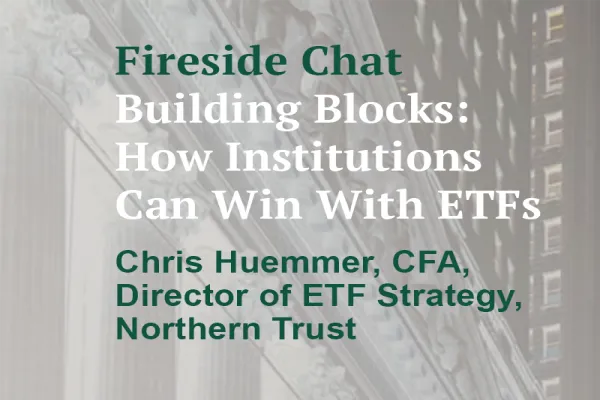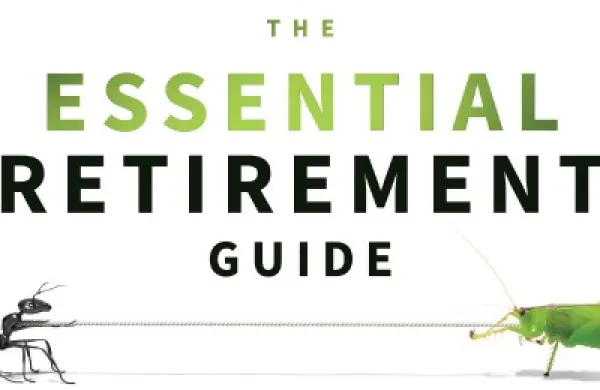In 2003, Saturday Night Live aired a sketch featuring an evil and duplicitous head of a fictional brokerage called Global Century, played with perfectly snarky faux-earnestness by Chris Parnell, who is addressing investors. It’s clear that these customers (Amy Poehler! Jimmy Fallon! Seth Meyers!) have lost a lot of money by following the advice of Global Century’s advisors — and they have questions.
The skit came to mind following President Trump’s August 7th executive order in support of allowing private market strategies (and other alternative investments) in employer-sponsored defined contribution plans. Specifically, an exchange about what Global Century had disclosed in its prospectus:
Global Century guy: ”At Global Century, we like to be completely up front with our clients. That’s why in our prospectus, we clearly state that our investment advice is often self-interested, or deceitful, and may work to a client’s disadvantage. We think you deserve to know that.”
Client: “It doesn’t say that in the prospectus.”
Global Century guy: “Sure it does.”
Client: “No it doesn’t.”
Global Century guy: “Yes, it’s in there, you have to read it.”
Client: “I’ve read it; it’s not in there.”
Global Century guy: “You’re right, it’s not in there. I just assumed you hadn’t read it.”
Seeing the customers stare slack-jawed in response to it all was, to me at least, pretty funny. However, for those of us who’ve spent our professional lives in wealth and asset management, there’s the tiniest kernel of truth that tinges the laughter with a wince. Because the reason the humor works is that we all know most clients don’t read prospectuses, or risk disclosures in footnotes, or, frankly, much of anything they get sent.
It’s why the Global Century head thought he could safely assume that no one read the prospectus and that he could get away with lying about what was in it.
When the time comes, the odds are good that 401(k) participants won’t read most (or any) of the plan documents, disclosures, or notices about private market strategies being added to menus or as components of default vehicles. Which, in turn, leads to the material risk they won’t know or understand what they own given how complex, varied, and opaque many of these strategies are.
Taking a step back, is it a good idea for certain private market and alternative strategies to be included in America’s 401(k) plans? For DC plan participants to start to have the same investment opportunities that have long been available to public and corporate defined benefit plan participants? On balance, I believe it is, under the right circumstances.
Sophisticated institutional investors — pension funds, university endowments and large foundations — have successfully and substantially allocated to these strategies for years. I’m sympathetic to the arguments made by the likes of Apollo that it is unfair that America’s defined contribution plan participants continue to be left out, particularly as it’s precisely these retirement-designated assets in which retail investors are more likely to be able to accept the tradeoffs in liquidity. A number of research studies — both academic and by the industry — have demonstrated that private equity, real estate, infrastructure, and private credit strategies, among others, have benefitted DB plan participants (however, most are a year or two out of date). Others have painted a mixed picture, largely having to do with which trailing period was used while highlighting that larger DB plans tend to show better results — which intuitively tracks given their greater scale and access.
Apollo modeled what it would look like if DC plans invested more like their DB cousins. They took a generic target date fund’s allocation and analyzed how its results would have been different with an allocation to a basket of private market assets, including private equity, private debt, infrastructure, and real estate. If the target date fund had allocated 25 percent, taking it from the equity weighting, net-of-fee returns would have increased while volatility fell, and expenses would have increased only modestly over a participant’s lifetime. As a result, and perhaps more importantly, their Monte Carlo simulations showed that the probability of the retiree’s account going bust shrank demonstratively.
Some have argued against this trend by narrowly pointing to performance comparisons between private equity and, say, the S&P 500. Admittedly, it’s been hard for private equity in the aggregate to outperform in recent years given the run large-cap U.S. equities have been on, powered by Nvidia and the rest of the mega-cap technology names. I find this to be something of a straw man argument, seeing as private markets comprise an incredibly wide array of strategies with a near-infinite range of return targets, risk levels, and liquidity characteristics. Highlighting one unflattering performance comparison strikes me as limited and facile.
A key question is how access to private markets should be implemented for a given 401(k) plan. There are two schools of thought: (1) offer private market and other alternative strategies as stand-alone menu options or (2) incorporate these asset classes into professionally managed multi-asset default options such as target date funds. My view is the latter is advisable. Given the press attention, influencers on TikTok talking up digital assets and other alternatives, and the poor state of America’s investment knowledge, I worry about participants plowing too much of their plan assets into these areas if the exposure is via menus. It may be better to have asset managers with the requisite experience integrate these approaches into highly diversified, multi-asset solutions.
That said, there is no doubt these strategies are more complex and costly than investing in public stocks and bonds, especially on a passive basis. And therein lies the rub — which brings us back to Global Century guy from the SNL sketch smugly assuming that no one had read the disclosures.
Disclosures in footnotes, prospectuses, and updated plan documents won’t get it done. The onus will be on the collective ecosystem — recordkeepers, asset managers, consultants, plan sponsors, and regulators — to invest heavily in training, education, participant outreach, and product design. That way, there won’t be any fodder for another SNL sketch — funny as it may be.
The author is Strategic Advisor at the Center for Retirement Research at Boston College and an industry consultant. He has been chief marketing officer and head of strategy at several global asset managers.
The views expressed in this article are the author’s own and do not necessarily reflect the perspectives of Institutional Investor or any other organization.






